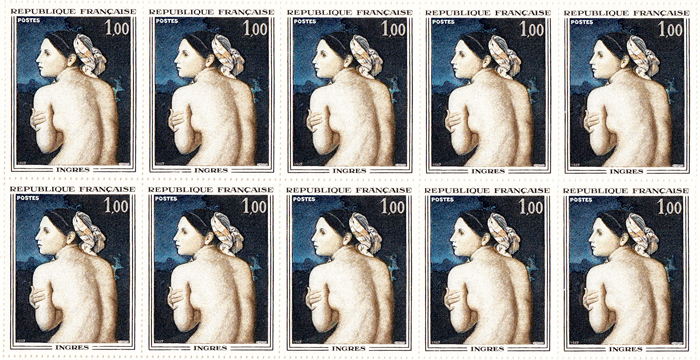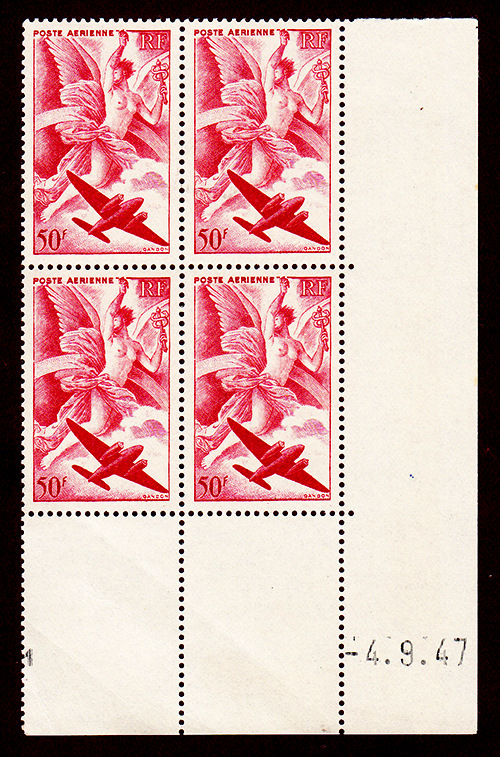
French stamps
I started collecting French stamps in junior school. Why French ones? I was born in France and my grandparents used to send letters to me in Bedford and then I would steam off the stamps from the envelopes. Most kids (boys, always boys) were interested in British or British Commonwealth stamps, which meant that I had a clear run with the French ones. I bought stamp hinges with my pocket money and was given a smart red album to put them in by my mother. And then I gave up, at age 11, when I went to upper school.
Forty years later I found the album in my mother's loft when we were clearing out her house, and decided to collect anew.
In your fifties you have, with a bit of luck, some spare cash. And at that age, a lot of us revisit our past by replaying the music of teenage years, restarting old hobbies and even reconnecting with friends from school and college days. Old school friends are great! You don't have to show off about your career or family, you are just you, the child, the teenager, the mate, only older-looking. You pick up from wherever you left off and can refer back to shared experiences in those formative years. It's fun to recognise tics, mannerisms, catchphrases that reach back thirty, forty years and tune in to your youthful self.

An example of 'coin datés'. A set of four stamps representing Iris, the messenger of the Greek Gods. This is from a set of French stamps issued in 1946 and 1947 on the subject of Mythology. These were designed and engraved by Pierre Gandon.
Anyway. Back to stamps. Stamp collecting is not something that you can talk about with many people, not even school friends. It is akin to train spotting for most. I had to find a different set of people to talk and learn from. So I joined the France and Colonies Philatelic Society to rub shoulders with experts and dedicated collectors.
With any kind of collecting you have to specialise. You can't collect every single stamp printed, it would be just too damned expensive to pick up all the rare 19th century ones. In the end I focused oncoin datésfrom 1920 to 1960. Coin datés literally means 'dated corners' and consist of the end four stamps on a sheet with the date that they were printed running alongside. I like the design and quality of engraving from this era and most are not too expensive to pick up.
I don't know why I focused on the 1937 Paris International Exhibition as a subject to research and focus on. I guess the circumstances leading up to WW2 are not dissimilar to 2020. Political parties taking up extreme positions and the feeling that something big is about to kick off. Anyway, that is the topic I chose to research, collect and specialise in.
It took three months and when I had enough info I gave a talk on the subject to a group of postal history experts. One of them was extra-enthusiastic and suggested I send a cut down version to a magazine and lo and behold in October 2019 it was printed in 'Stamp Collector'. Thanks Mick for the encouragement.
To read the article move onto the next page.